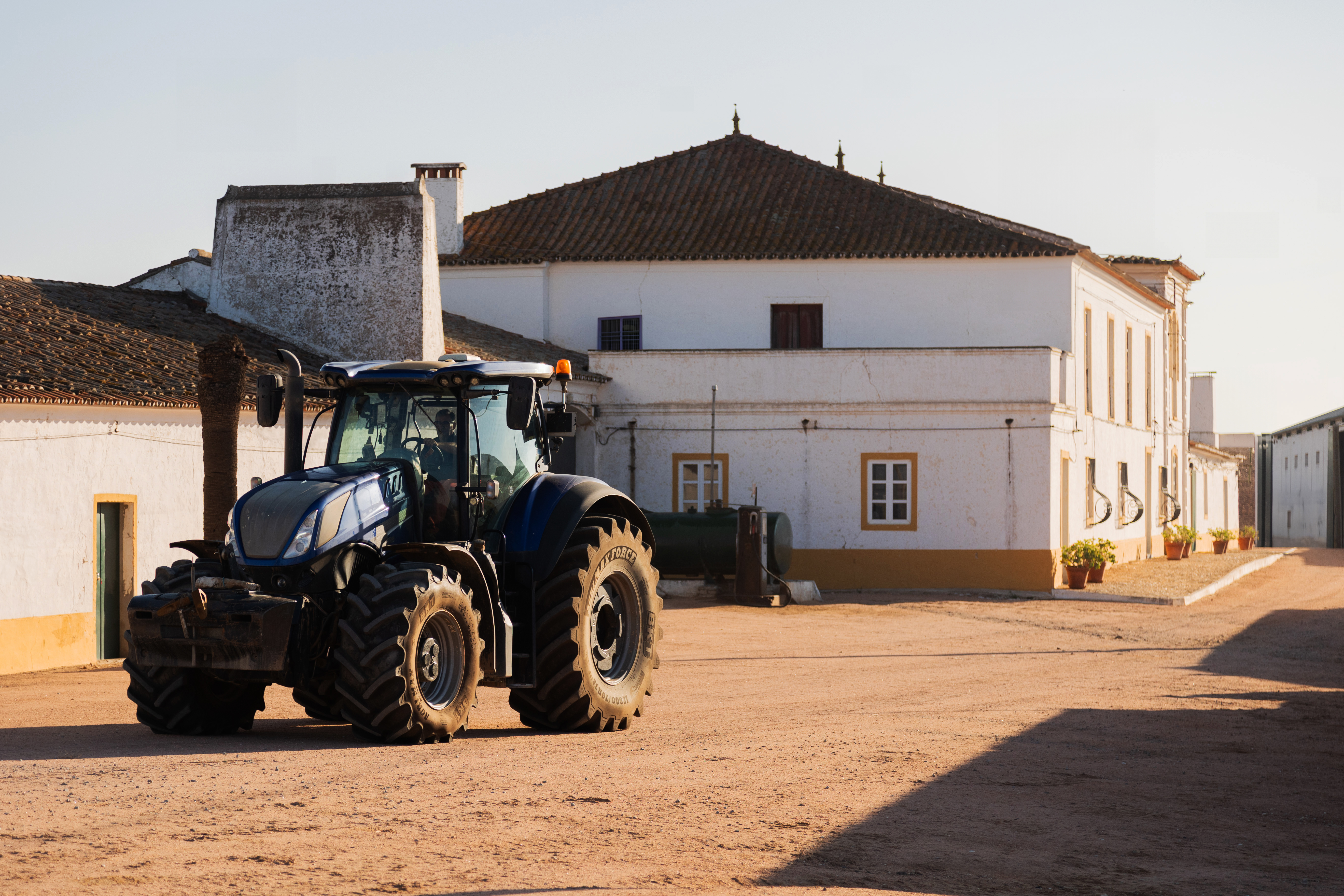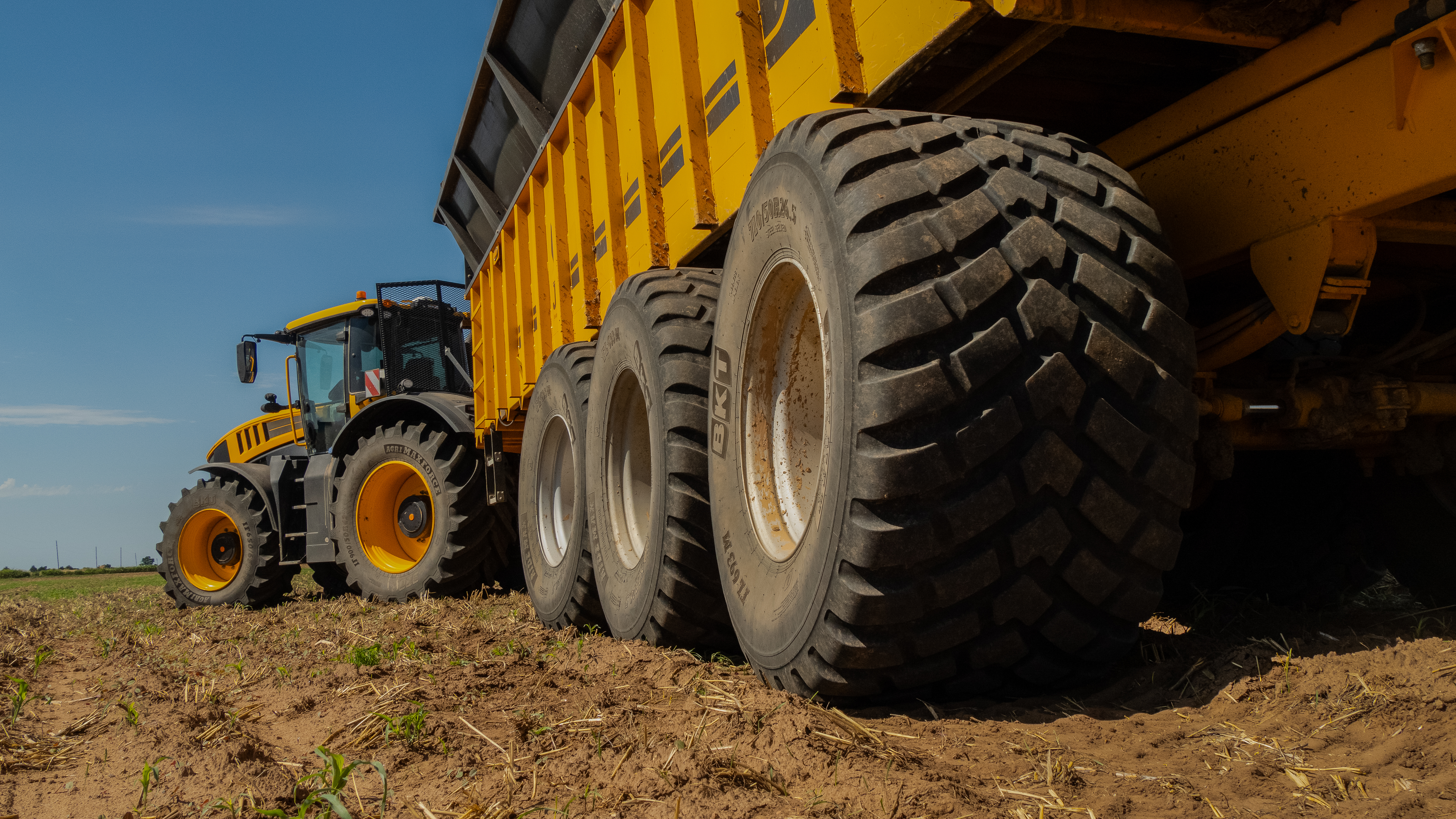The law is straightforward. Starting June 30th, 2024, all tractors, including those used only on private land, will need to be insured. This rule, introduced by Legislative Decree No. 184/2023, aligns with European Directive 2118/2021 and marks a significant change for the agricultural sector. While the goal is to improve safety and standardise regulations across Europe, it also brings up several practical issues and challenges for Italian farmers.

The Milleproroghe Decree 2024 has pushed back the insurance requirement for non-circulating vehicles until June 30, 2024, giving farmers and insurance companies more time to adjust. However, progress has been slow, and the complexity of the regulation, along with the lack of specific insurance policies for tractors used only on private land, has created a lot of uncertainty. The new regulation affects at least three million vehicles, and so far, no insurance policies are available that cover these cases. Insurance companies still need to create specialised products that fit the needs of the agricultural sector, while farmers are dealing with higher costs and increasingly complicated bureaucratic processes. At the same time, industry associations are pushing for further delays, while agricultural and agri-mechanical groups are calling for urgent technical discussions to resolve the issues raised across the entire primary sector, including concerns over insurance for what’s called "static risk," which would extend the insurance requirement to all tractors and agricultural vehicles, even those that are unused and parked in private farm sheds. There’s a lot of uncertainty in a sector that, right now, is still unprepared.







